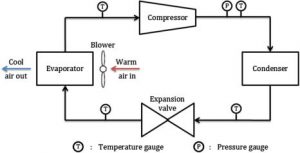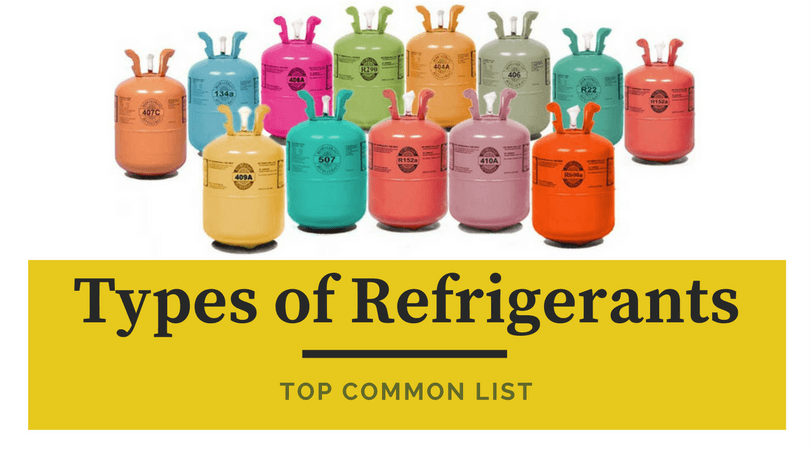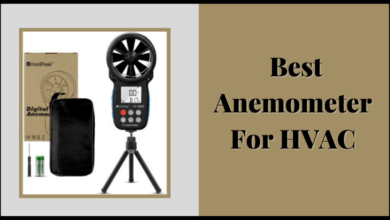Refrigerant Properties: Refrigerant Types, Boiling Point and Much More
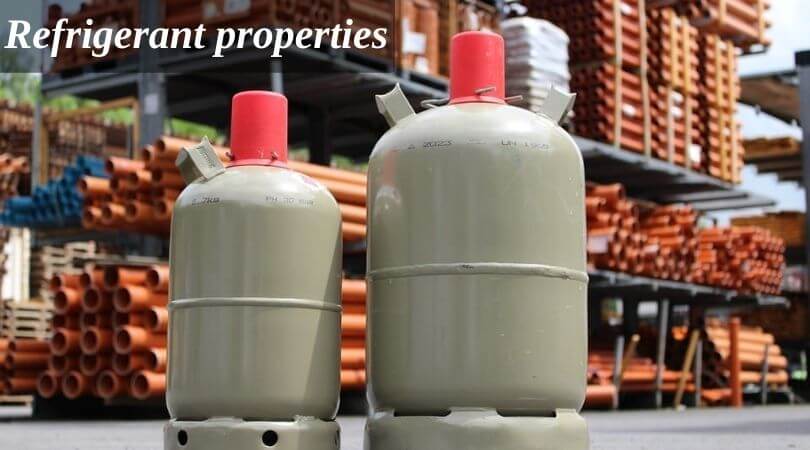
Refrigerants are used in multiple places that go through the refrigeration cycle. The most common electronics are AC and the refrigerator. Most of us, however, take it for granted and do not bother understanding what types of refrigerants are actually used and what their properties are. Having this information will actually help us choose the right refrigerant based on our requirements. This is why we decided to write this article. We have covered all the details that you will need to know about refrigerants.
Refrigerant Properties
Types of refrigerants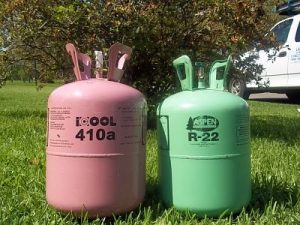
There are 5 main types of refrigerants that you should know about. They are as follows:
- Halocarbons: Also known as Freons, Halocarbons are produced synthetically. They may be CFCs, HFCs, or HCFCs.
- Inorganic refrigerants: These include water, ammonia, air, and carbon dioxide
- Zeotropic refrigerants: These are mixtures of refrigerants whose composition varies with the phase.
- Azeotropic refrigerants: These are also mixtures of at least two different refrigerants. Even when temperatures change, the liquid and vapor phases remain in their original compositions.
- Hydrocarbon refrigerants: These are hydrocarbon gases such as isobutane, propane, and ethane.
Freon is the refrigerant used in AC refrigeration systems.
Refrigerant properties
Let’s take a look at the desirable properties of common refrigerants:
- Dense vapor
- Non-flammable
- Low boiling point
- Low cost
- Low miscibility with oil
- High latent heat of vaporization
Properties of Freon
Since Freon is the most commonly used refrigerant, let’s take a look at its properties in specific:
- It is non-flammable
- It costs less
- It has excellent heat transfer properties
- It is non-toxic
- It is miscible with oil, and even though this is not a desirable property, it is widely used because it has many other desirable properties that overshadow this one.
The Boiling Point of Refrigerants
Ideally, the boiling point of a refrigerant should be very low. This enables it to turn into gas when it starts absorbing heat, and the compressor won’t go through any problems to lower pressure. If the boiling point is high, the compressor will have to create a vacuum to lower pressure. This increases load unnecessarily, making things really hard for the entire system.
The boiling point of refrigerants used into refrigerators is usually between 40 and 500F. The boiling point of Freon 22, in particular, is 41.40F. Any refrigerant that has a boiling point below this may not be effective or reliable.
These are the most important refrigerant properties that you should be aware of. If you have any doubts or questions, please do not hesitate to ask us. We are always eager to help fellow enthusiasts. Go on then, comment and let us know your thoughts.

